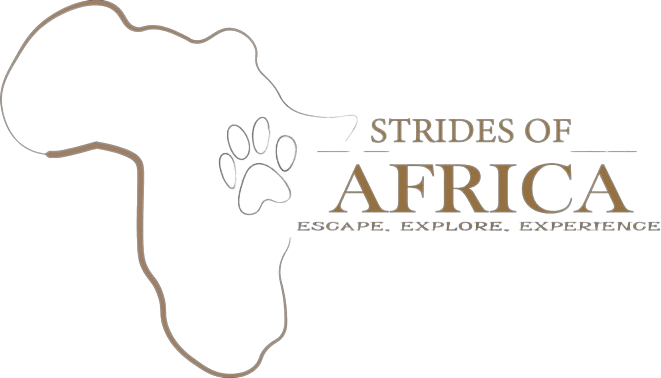- Nairobi, Kenya
- info@stridesofafrica.com
Talk To An Expert
+254 798 057 806
Lake Bogoria, Kenya
Situated in a volcanic region within a half-graben basin just south of Lake Baringo, Kenya, and slightly north of the equator, Lake Bogoria is a saline, alkaline lake. Similar to Lake Nakuru, Lake Elementeita, and Lake Magadi further south in the Rift Valley, as well as Lake Logipi to the north, Lake Bogoria intermittently hosts one of the world's largest lesser flamingo populations. Designated as a Ramsar site, Lake Bogoria National Reserve attained protected status on November 29, 1973. Spanning approximately 34 km in length and 3.5 km in width, with a drainage basin covering 700 km2, Lake Bogoria is characterized by its shallow depth of about 10 meters. Located in Baringo County, the area features noteworthy landmarks such as the Kesubo Swamp to the north and the Siracho Escarpment to the east, both situated within the National Reserve. Renowned for its geysers and hot springs along the lake's shoreline and within its waters, Lake Bogoria boasts at least 10 geysers in four distinct locations, erupting up to 5 meters in height. The geyser activity is influenced by the fluctuations in the lake level, occasionally submerging or exposing some geysers.
Wildlife
Lake Bogoria, being alkaline, supports the growth of blue-green algae, which serves as a primary food source for flamingoes. The lake can host an impressive number of these birds, reaching up to two million at certain times. Raptors like tawny eagles prey on the flamingoes, contributing to the rich avian diversity with a recorded total of 135 bird species. Among them are the little grebe, pratincole, swift, little bee-eater, cape wigeon, yellow-billed stork, African spoonbill, augur buzzard, gabar goshawk, water dikkop, great tit, starling, hornbill, and crombec.
Within the reserve, there is a herd of the relatively uncommon Greater Kudu, adding to the variety of large mammals that include buffalo, zebra, cheetah, baboon, warthog, caracal, spotted hyena, impala, and dik-dik.
The Waseges River traverses areas of intense coffee cultivation marked by the heavy use of chemical fertilizers and pesticides, posing a potential threat of pollution to the lake. The hot springs along the western lakeshore attract numerous visitors but also contribute to pollution through solid wastes. Siltation stands as another concern, posing a threat to the overall biodiversity of the area.
Activities
- Boat tours.
- Bird Watching.
- Kabarnet museum.
- Cycling

